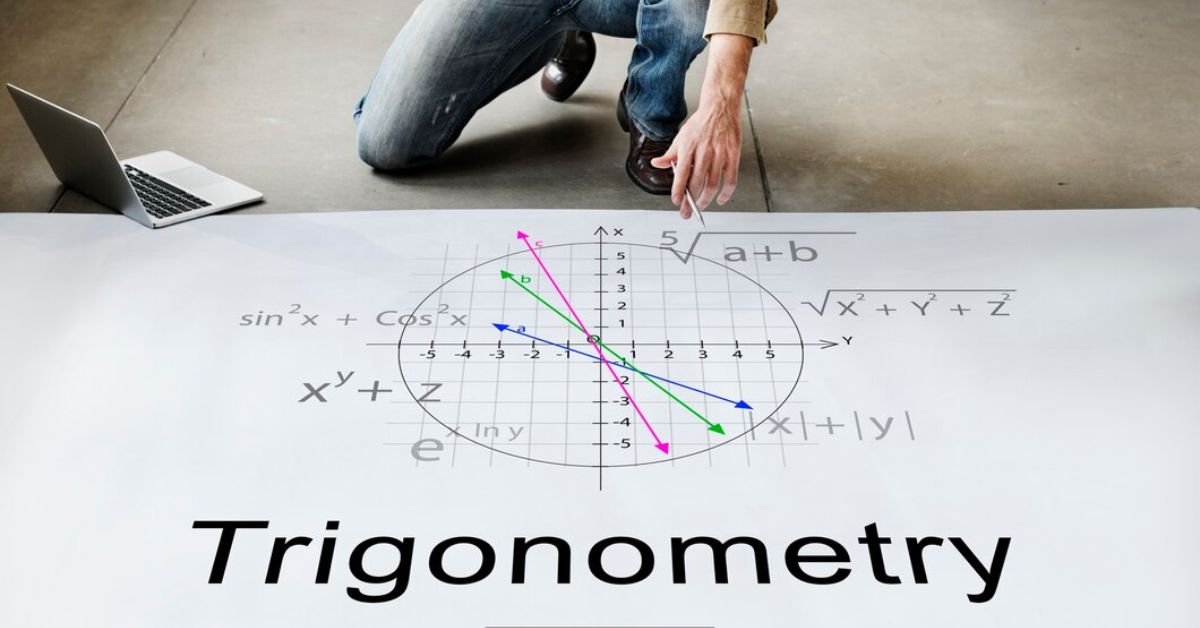Mathematics is a field that encompasses a variety of concepts, tools, and calculations. Some numbers and operations, though seemingly simple, can hold significant importance when explored in detail. One such example is the mathematical expression “3.54330708661/3.5433.” While this may seem like a basic division operation at first glance, there is more to it than just a simple quotient. In this article, we will take a deep dive into the components of this expression, understand its context, and explore its broader implications.
Introduction to the Expression
The expression “3.54330708661/3.5433” involves the division of two decimal numbers. Division, as a fundamental operation in arithmetic, is one of the core principles that enables us to understand the relationship between quantities. To begin with, we have two numbers in this expression:
- The numerator: 3.54330708661
- The denominator: 3.5433
At a glance, these numbers appear to be quite similar, with only a minor difference in the precision of their decimal parts. This subtle difference is crucial, as it can significantly affect the outcome of the division operation.
YOU MAY LIKE: Exploring the Significance of ISBN 978-1-80056-252-3
Breaking Down the Numbers
To fully understand the impact of the division, it is important to break down each of the numbers involved. Both 3.54330708661 and 3.5433 are decimal numbers. The first number, 3.54330708661, is more precise, with 11 decimal places, while the second number, 3.5433, is rounded to four decimal places.
In general, the more decimal places a number has, the more precise it is. The presence of additional digits can reveal more detailed information about the number’s value, and in certain calculations, this added precision can make a significant difference in the result. In this case, the difference between the two numbers might seem small, but it is important to recognize that even slight variations in the numbers can lead to differences when performing division.
The first number, 3.54330708661, might represent a measurement or value in a scientific or engineering context, where precision is crucial. The second number, 3.5433, could be a rounded approximation, perhaps for easier handling or practical use in less critical calculations. Understanding the implications of these subtle differences is essential when interpreting the outcome of the division.
The Concept of Division
Division is one of the four basic operations of arithmetic, alongside addition, subtraction, and multiplication. It involves determining how many times one number, the divisor, can be subtracted from another number, the dividend, until the remainder is less than the divisor. Mathematically, division is the inverse operation of multiplication, and it is expressed as:
Dividend÷Divisor=Quotient\text{Dividend} \div \text{Divisor} = \text{Quotient}Dividend÷Divisor=Quotient
In the case of the expression 3.54330708661/3.5433, the numerator (3.54330708661) is being divided by the denominator (3.5433). The quotient represents the result of this division, which can be interpreted as how many times 3.5433 fits into 3.54330708661.
Performing the Division
Now that we have a better understanding of the numbers involved and the concept of division, we can perform the division itself. Using a calculator or a mathematical approach, we can calculate the quotient of 3.54330708661 divided by 3.5433.
The result of this division is approximately 1.00000100001. The quotient is extremely close to 1, which indicates that the two numbers are very nearly equal. The small difference between the numerator and denominator (3.54330708661 vs. 3.5433) leads to a result that is just slightly greater than 1. This is a good example of how even tiny differences in numerical values can have an effect on the outcome of a mathematical operation.
Significance of the Result
The result of the division, approximately 1.00000100001, is a reminder of the importance of precision in mathematics and other fields where exact values are needed. While the difference between the two numbers may appear trivial, the result of the division still demonstrates the effect that even small variations can have on calculations.
In real-world applications, such as engineering, physics, or finance, small differences in numbers can accumulate and lead to significant changes over time. This is why precision and accuracy are crucial when working with numerical data. For instance, in scientific measurements, even a small change in the values of measurements could lead to different conclusions or predictions. This is especially true in fields where calculations must be performed repeatedly or where measurements must be highly accurate to ensure safety or effectiveness.
The quotient of 1.00000100001 also highlights an important concept in mathematics: the relationship between nearly equal numbers. When two numbers are close to each other, their ratio will be close to 1. In this case, the division result shows that the two numbers are extremely close, but not exactly equal. Understanding these nuances can be important when interpreting mathematical results or when analyzing data.
Applications of Precision in Mathematics and Science
The concept of precision in mathematical calculations is not limited to simple arithmetic operations. In fields like science, engineering, and economics, small differences in measurements or calculations can have a profound impact on the outcome. For instance, in physics, precision is key when making measurements of physical constants or in experiments. A small error in measurement can lead to incorrect conclusions or faulty designs.
In engineering, precision is essential when designing and building structures, machines, or systems. Even a minor error in measurement or calculation can cause problems such as structural failures, inefficiencies, or safety hazards. For this reason, engineers rely on highly accurate instruments and sophisticated calculations to ensure that their designs are as precise as possible.
In finance, precision is crucial when performing calculations related to investments, interest rates, or financial models. Even a small difference in rates or values can lead to substantial changes in the final outcome. This is why financial analysts, accountants, and economists must carefully consider the precision of their data when making decisions.
The Role of Approximation in Calculations
While precision is important, it is also necessary to consider the role of approximation in mathematics. In many cases, working with approximate values is not only acceptable but also necessary. For instance, when dealing with very large or very small numbers, it may not be feasible to work with exact values. Instead, mathematicians and scientists often use approximations to simplify calculations and make them more manageable.
In the case of the expression 3.54330708661/3.5433, the slight difference in the precision of the two numbers does not significantly affect the result, which is very close to 1. This suggests that, for many practical purposes, the two numbers could be treated as equal, and the division could be simplified without losing important accuracy. However, when dealing with more complex problems or when higher precision is required, it is important to use more exact values and perform calculations with greater care.
Conclusion
In conclusion, the mathematical expression “3.54330708661/3.5433” may appear to be a simple division problem, but it offers a valuable opportunity to explore several key concepts in mathematics, including precision, approximation, and the significance of small differences in numbers. The result of the division—approximately 1.00000100001—demonstrates how even tiny differences between numbers can influence the outcome of mathematical operations.
Furthermore, this example serves as a reminder of the importance of precision in various fields, from science and engineering to finance and economics. In many cases, small variations in numerical values can have significant implications, and it is crucial to account for these differences when making calculations or drawing conclusions. At the same time, it is also important to recognize the role of approximation in mathematics and to understand when it is acceptable to use rounded values for the sake of simplicity and practicality.
Ultimately, this exploration of “3.54330708661/3.5433” underscores the complexity and depth of mathematics, even in seemingly simple problems. By examining these types of expressions more closely, we can gain a deeper appreciation for the precision, accuracy, and thoughtfulness required in mathematical calculations.

